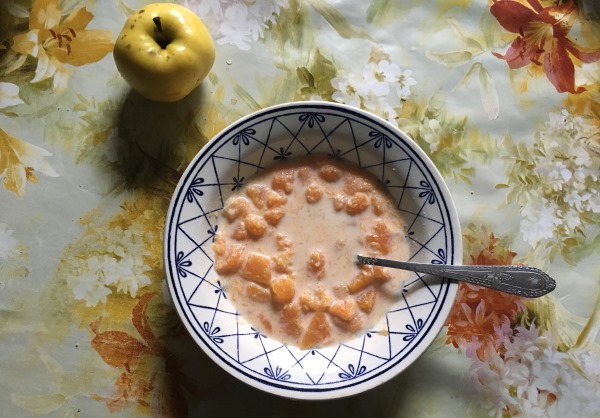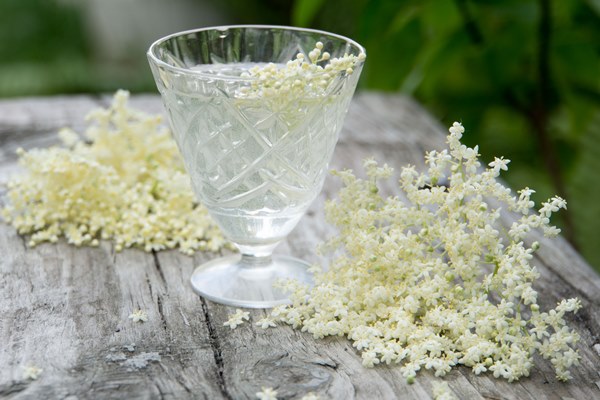Cooking by the Nose
This article appeared as Cooks, Follow Your Nose in Zester Daily in 2011. The great Marcella Hazan complimented me on it, noting that she also cooked using her nose. Unfortunately, the magazine has since been revamped and the article no longer appears online. In tribute to all of the cooks who follow their nose, I’m reprinting it here.
The best way to find a perfectly ripe tomato has little to do with its shape, color or size. It is the unmistakable scent of salty caramel that demonstrates a tomato is at its peak. While green tomatoes can be reddened with ethylene gas, furaneol, the compound that gives tomatoes their distinctive aroma, accumulates only when a fruit is allowed to fully mature on the vine. Strawberries and mangoes share the same compound and other fruits contain analogous aromatic molecules when fully ripe. But how often do cooking shows and magazines describe how produce should smell? Though we learn how to make colorful compositions on the dinner plate, when do we learn how to use our nose to explore food combinations? Understanding the role of aroma and the power of our nose is essential for eating well.

Our sense of smell comprises a comparatively large fraction of our genetic makeup. We use more than 1000 different sensory receptors to analyze a smell, each receptor with its own genetic code. The ability to distinguish subtleties among smells is enormous and was of great importance when our prehistoric ancestors relied on hunting and gathering to survive.
Though supermarkets have obviated the need for daily foraging, scent, closely linked to our sense of taste, is a cornerstone of our food enjoyment. The process of chewing food releases aromatic compounds that are detected by the olfactory receptors in the nasal passages. While we are likely to comment on how food tastes, we are making the judgment based on how it smells. Yet, our supermarkets are deodorized to the point of sterility, our produce is often hermetically sealed in plastic wrap, and our cookbooks read like IKEA design guides. Moving past visual appeal to explore other sensations associated with food opens up new horizons and leads to a richer culinary experience.




















Klaas in Perfume To Brighten Up Your Spring Days: I just discovered Le Jardin de Monsieur Li! Such a lovely, zingy jasmine! I am not much of a floral guy, but this perfume is such a treat! Spring in… April 19, 2024 at 3:36pm